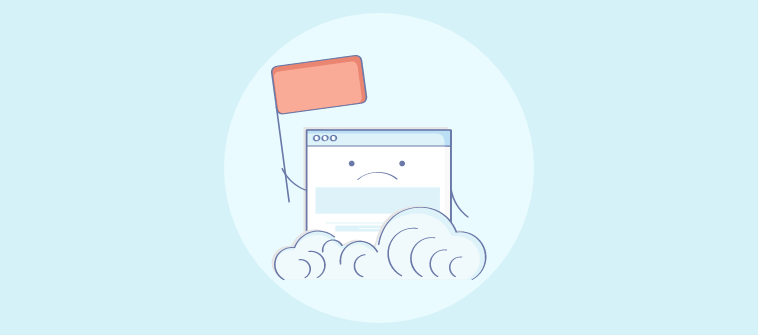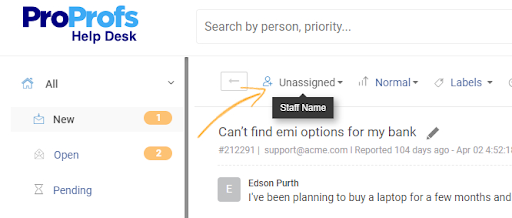Do you remember the first time you fell in love?
I remember the first time I fell in love. I was 15 years old and was head over heels for my hockey player boyfriend. Right before I would meet him, I could feel the butterflies in my stomach, my sweaty palms, the goosebumps on my arms, when I felt the excitement walk around the corner of our high school hallway.
Do you remember similar feelings of falling in love for the first time? Because if you do, then you understand the way your customers feel when they fall in love with your brand!
The chemical reactions that happen inside you when falling in love are the same chemical reactions women have while shopping. It’s simple; it’s science!
Let me lead you through the journey to falling in love…
As a women-centric business, you want women to fall in love with your brand and emotionally attach themselves to your brand.
There are three chemicals that are released inside a woman’s body when she is shopping:
- Dopamine
- Serotonin
- Oxytocin
Well, for those who don’t know, these are the same chemicals released when you fall for someone!
1. Dopamine
According to Harvard University, dopamine is a chemical produced by our brain that plays a starring role in motivating behavior. It gets released when we take a bite of delicious food, when we have sex, after we exercise, and, importantly, when we have successful social interactions. In an evolutionary context, it rewards us for beneficial behaviors and motivates us to repeat them.
When your experience focuses on the interaction a female consumer has with you, Dopamine is released. This chemical release leads to her desire to repeat these repetitive interactions with your brand. Shopping is, indeed, addictive!
2. Serotonin
Serotonin is also known as the “happiness chemical”, which plays a role in how a person feels about things. Creating an experience that stimulates happy feelings will, in turn, stimulate the release of Serotonin. The goal here is to send a woman on a journey filled with positive stimuli. This way she feels happy throughout her experience with your brand.
3. Oxytocin
Oxytocin (the bonding hormone) is released the same way while shopping as it does when falling in love. This hormone affects women more rigorously. Women want to connect with your brand and when you take the experience you offer to one step further and create a relationship with your consumers, you are entering a bonding zone. Once she has bonded with your brand, she is bound to be fiercely loyal.
Why do you want the decision maker (she) to fall in love with your brand?
So why should you take out time to tailor your Consumer Brand Experience for female consumers?
Women are the Chief Purchasing Officers for their households and the most influential consumers in the world. According to Inclusionary Leadership Group,
Women influence 83% of all consumer spending in the United States, which is worth $7 trillion annually.
Not only do they hold the veto vote on the majority of purchasing decisions, but also can be your number one referral source!
Most businesses don’t take this customer segment seriously and do not invest in enough resources to tailor the experience a woman receives when doing business with them.
Further, according to author Bridget Brennen, men make up 85% of the executives of the world! This gap between who buys and who designs the customer experience is enormous. The brand experience is ultimately created by men who are physiologically different from women.
It’s about the chase!
I am going to let you in on a little secret; it’s not about the product she buys. What matters is the journey she takes when she interacts with your brand. It is the chase she enjoys!
It is about the little moments when she connects with your brand and creates a relationship with you that dictates whether or not she’ll choose to do business with you again.
Much like the notation of ‘Retail Therapy’, women tend to go out when they are having a bad day or feeling down for some retail therapy. I know this is something that is made fun of in movies and books, but there is some truth to it.
Women feel better when they journey through a mall, they get little hits of dopamine and release of serotonin; turning their not so great day into a better one (until she gets her credit card bill that is!)
Brands can learn from this habit of retail therapy. She will have hits of dopamine and serotonin and if you do a really good job, she will start to create a bond with your brand. Examining the journey your female consumer takes with your brand and tweaking it to include all the little moments that make her fall in love with your product or service is in your best interest!
How women’s buying behavior is different from those of men?
There are behavioral differences between men and women and their expectations from interacting with the brand. These differences can be scientifically linked to the physiological differences between men and women.
Both the genders are different and it’s up to you to identify how to tailor an experience that works for both men and women. In my experience, if you build a brand experience, keeping women in mind, men should be ok with it. However, if you build an experience for the male customer, the female consumer will not like it in the slightest. I always urge my clients to build their experience with the woman in mind.
Research shows the size of a female’s limbic brain (the part of the brain that controls emotions and memory) is double the size of a man’s brain.
We don’t make decisions based on logic; rather, we make decisions based on our feelings. Drawing physiological differences between men and women are important. Women need to feel good about interacting with your brand.
Conversations are the glue that binds women from an early age and women are master communicators. They use both sides of their brain to communicate while men only use one. Women want a relationship with your brand and she needs to be able to communicate how she’s feeling and what she wants and expects from your brand.
Letting the female consumer communicate with your brand goes a long way to creating an experience that she enjoys having. So you should utilize every opportunity to communicate with her over multiple channels; be it social media, live chat, help desk or surveys.
Three tips to make the Decision Maker fall in love with your brand/business.
Here are three tips you can implement to help nudge her down the path of falling in love with your brand:
1. Understand the decision maker
The female consumer wants to be understood as a woman first and a consumer second. Typical age/sex and other demographics aren’t adequate for segmenting and creating a consumer persona. You’ll need to break your female consumers into life stages; the ’40s are the new ’30s and the ’30s are the new ’20s; women are getting married later in life and having kids in their late ’40s.
Once you have your female customer broken down into life stages, you will want to define the goals she has and the challenges she faces at each life stage. You will now be able to determine how your brand and its services can help her fulfill her dreams and resolve the challenges.
2. Journey through her eyes
We experience approximately 20,000 moments in a day and we determine whether we’ve had a good or bad day based on the number of positive, neutral, and negative moments we have. Our brain then sidelines neutral moments ( as they leave no impact) and we hold on to the good or bad.
If your customers have had more bad moments before they interact with your brand you can almost guarantee their day is already off to a “bad start”. Don’t you want to be the highlight of their day? Be the reason their day goes from “bad” to “good” or “good to great”?
The only way to ensure this is to provide the decision maker with an experience that speaks to her; you need to see from her viewpoint and develop the experience from that point of view.
For example, women will pay 32% more in a hedonic atmosphere. Ask your female employees, what experience they look for and use that to start journeying through her eyes; to design an experience that she can fall in love with.
3. Create Real Relationships
Relationships are very real and important to the female consumer. This is when oxytocin is released; through a connection. Oxytocin is the bonding hormone, and it feels good for the female consumer to create relationships that lead to trust, relationship, and loyalty. Remember she holds purchasing influence for 3-4 generations in her household, most of who are your future customers. If you fail to establish a relationship with her, you will have access to no customers.
The Bottom Line
No matter what you do, be consistent. The female consumer wants to know she can rely on you and you are a trusted friend (or loved one☺). Build up your trust account with your female consumer through consistency in the experience you provide her. And if all else fails, remember what it was like to fall in love, you already know how you need to make her feel. Your goal is to help her fall in love with your brand. If she does, she’ll be a brand loyal for life and her friends and family follows.




